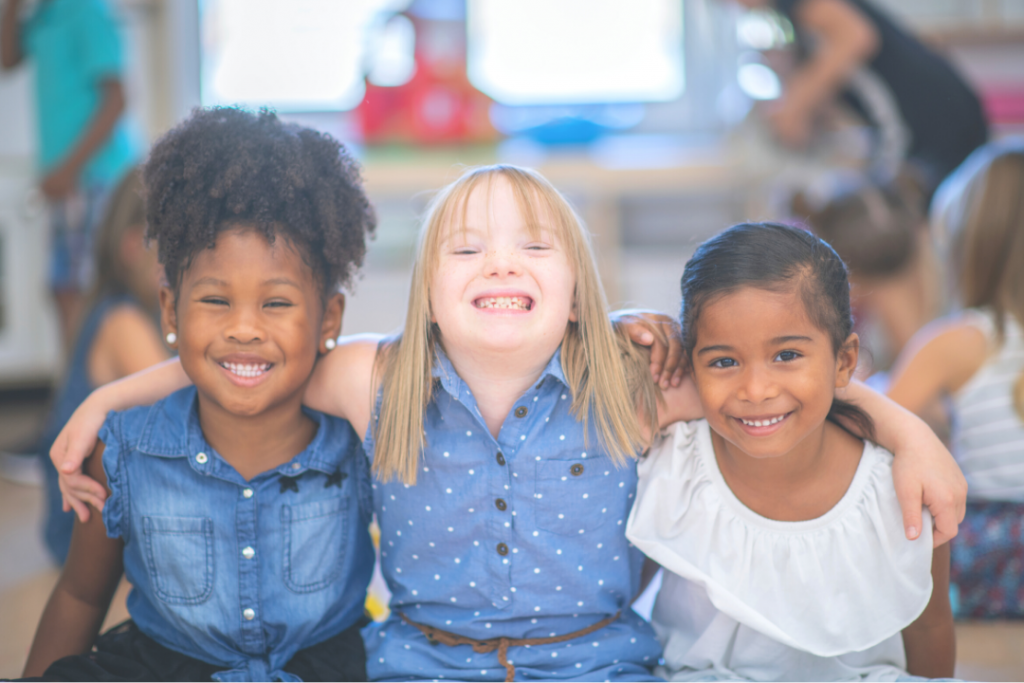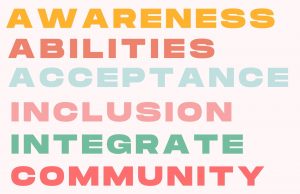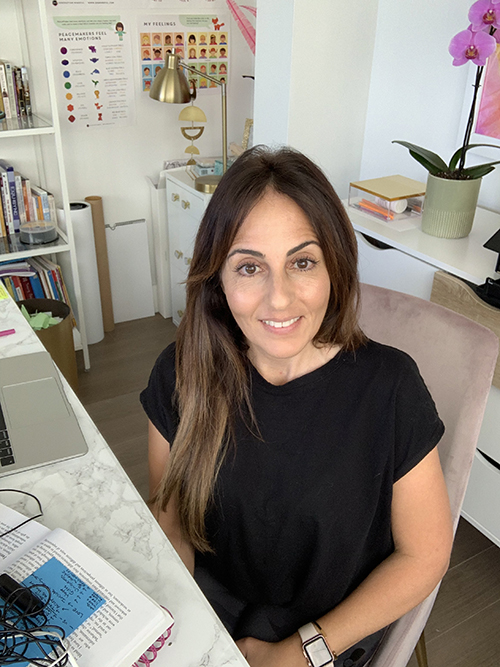The beauty of our world is its diversity yet as young children we are taught to conform and not stand out. We’re almost afraid of being different than our peers. Yet, our differences make us unique.
For Autistic children, being uniquely themselves can cause even greater separation and social isolation from neurotypical peers. They spend years in therapy to build skills to be able to interact with others. Unfortunately, this tends to be a one-way street because we don’t typically teach neurotypical children how to interact with kids who have different abilities.
We must make it our responsibility as parents and teachers to embrace differences and help our children to do the same. When we start with this attitude at home, we can change the world to become one that has a seat at the table for children of ALL abilities. When we start in our own home to build this bridge of embracing differences, we can then be open as a society to find ways to include all abilities in our workforce and communities.
Here are some things you can do to help bridge the gap amongst kids:
Normalize asking questions and answer honestly
Talking about differences is not a taboo. Our children are naturally curious and that’s ok. if your child sees another child flapping their hands, you can respond with: “You know how you jump up and down when you’re excited? It looks like that is his way of showing excitement. What are some things that make you feel excited?” The idea is to normalize talking about differences and then find similarities with each other. *You can always respond with:” I don’t know but we can find the answer together”.
Check in with your Attitude towards differences
Your children are always watching you. More than your words is the way that you act towards different abilities. The more comfortable you are with inclusion, the more they will normalize that behavior. Highlight the uniqueness of every person you encounter instead of feeling sorry for their differences.
Be Mindful of your words
Become mindful of the words that you use to describe children with different abilities. Instead of using words such as special needs or disability that focus on deficits, use neutral words to describe these differences.
Focus on Similarities
For some children, once they say: “Hello, my name is…” , they don’t know what else to say or do. Helping them connect by focusing on a common interest or toy is a great way to move away from focusing on differences and start building a commonality with similar interests.

Nurture Empathy
Empathy takes years to build and has many layers. Putting ourselves in someone else’s shoes is a complex skill! (one that many never master) You can build foundational skills of empathy by including toys and books that have characters with different abilities. Use this to open up discussions about differences. Normalize this process. Highlight the similarities we all have of wanting love, acceptance, friendship, kindness and ultimately to belong.
Highlight Kindness in your home
Teach your children to be kind to others and to choose kindness above all differences! How would you want others to treat you if you were in the other person’s shoes? This also includes teaching them what to do if they witness another child being bullied for their differences. They don’t always have to step in (some situations may be scary) but let them know that they always need to find a trusted adult to help.
*Miss Mancy provides employment to Autistic young adults through her foundation Beyond ASD.






